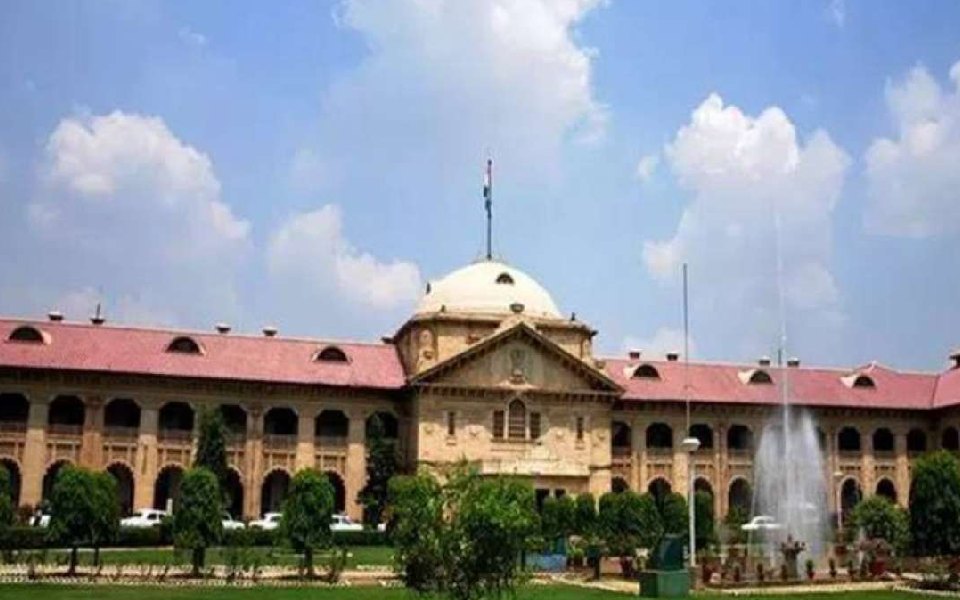New Delhi, April 19: Rejecting the "natural death" theory of judge B.H. Loya based on which the Supreme Court on Thursday dismissed a petition seeking a SIT probe, the Congress said it is "sad letter day" in India's history and reiterated its demand for a "fair" investigation.
"Today is a 'Sad Letter Day' in India's history. Congress is committed to people's demand for a fair investigation in the matter surrounding Judge Loya's death," said Congress spokesman Randeep Surjewala.
The Supreme Court on Thursday dismissed petitions seeking a SIT probe into the death of Judge Loya who was earlier holding trial in the Sohrabuddin Sheikh staged shootout case, holding he had a natural death.
Surjewala maintained that not even judiciary can decide whether a death is natural or not without an investigation, while targeting the ruling Bharatiya Janata Party, saying it was afraid of getting an investigation done.
He said Judge Loya's "suspicious death" at a Nagpur guesthouse in November 2014 had anguished many for he was trying a case where one of the accused was (now) BJP President Amit Shah, and the apex court's verdict left many questions unanswered for all those seeking fair investigation and justice.
After Loya's death, Amit Shah was discharged and CBI refused to file an appeal against it, he said.
Listing the chain of events leading to Judge Loya's "mysterious death" and all the apprehensions expressed by members of his family, judges, jurists, the bar, media and people at large hinting at a conspiracy, Surjewala also noted that the matter was even raised by the four seniormost judges of the Supreme Court in their unprecedented press conference.
He questioned the rationale behind using statements of some judges in an administrative enquiry before a police officer as the sole yardstick for arriving at a conclusion, particularly when suspicion was being raised by forensic evidence, witnesses, as well as withdrawal of the judge's security, the lack of his travel records and no entry in the guesthouse's register - while 15 different employees at the Nagpur guesthouse did not even recall that Judge Loya even came there.
Surjewala also said that even Loya's family had publicly stated that clothes on his body were blood-stained.
He also noted two associates of Judge Loya who were allegedly informed about the pressure being mounted on him to let off the accused also died under suspicious circumstances in 2015 and 2016, but no case had been filed or investigation done, while a third narrowly escaped.
Surjewala also said BJP's attempts to make false political capital out of Supreme Court judgment must be condemned, as the Congress was not a petitioner. "For a vile BJP to misinterpret SC's judgement to attack the Congress reflects their jitteriness and frustration," he said.
Let the Truth be known. If you read VB and like VB, please be a VB Supporter and Help us deliver the Truth to one and all.
Prayagraj, Jul 25 (PTI): The Allahabad High Court has observed that each incident of mob lynching or mob violence is a separate incident and cannot be monitored in a public interest litigation (PIL).
A bench of Justices Siddharth and Avnish Saxena was hearing a PIL filed by Jamiat Ulema-i-Hind seeking compliance of apex court's guidelines for checking incidents of mob lynching.
Disposing of the PIL, the bench said that the judgement of the apex court in the Tehseen S. Poonawalla Vs Union of India (2018) is binding upon the state government as well as the central government.
"Therefore, it is always open for the aggrieved party to approach the government first before rushing to this court seeking compliance of the judgement of apex court," it added.
In the PIL, the petitioner had sought extensive directions concerning the implementation of the apex court's binding guidelines in the case of Tehseen Poonawalla.
In the PIL, specific incidents of mob lynching and mob violence in Uttar Pradesh, including one in May in Aligarh, were referred.
The petitioner had sought setting up of a special investigation team (SIT) headed by an inspector general-rank officer to investigate the mob violence incident in Aligarh, the notification and circular related to the appointment of nodal officers in each district dealing with mob lynching cases, along with a status report on such cases.
Counsel for the state government opposed the maintainability of the PIL.
In its judgment passed on July 15, the court said that although the reliefs prayed in the PIL were consistent with the apex court's guidelines in Tehseen Poonawalla case, they could not be granted through a PIL seeking general oversight over individual incidents.
The court, however, noted that the affected parties have the liberty to first approach the appropriate government authority for the implementation of the apex court's directions.





